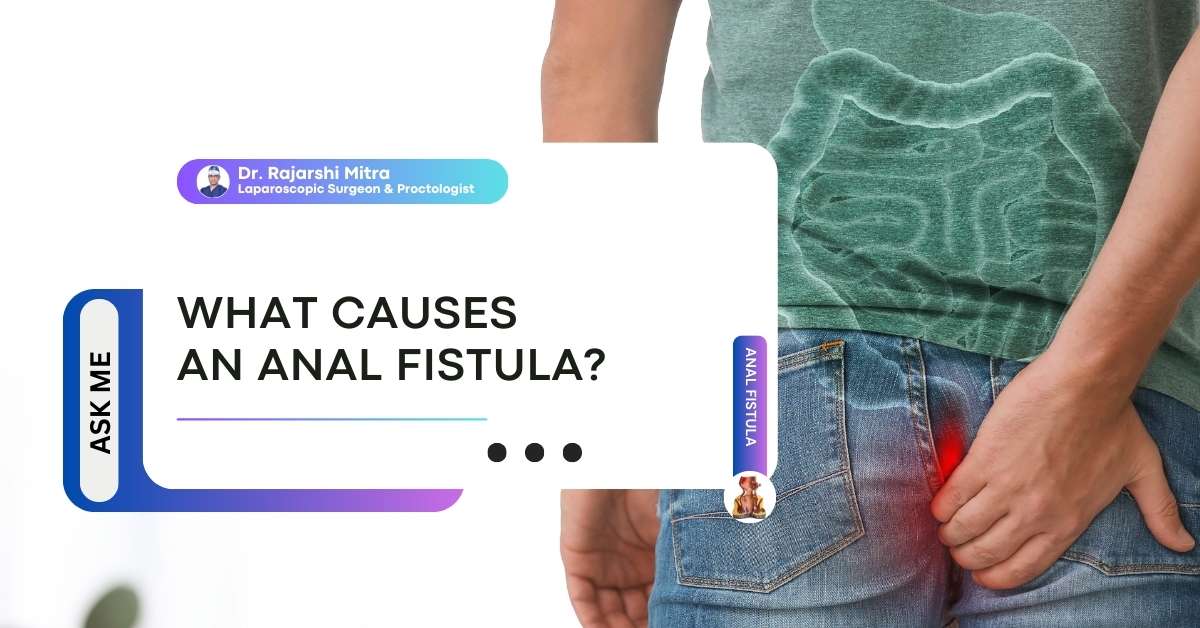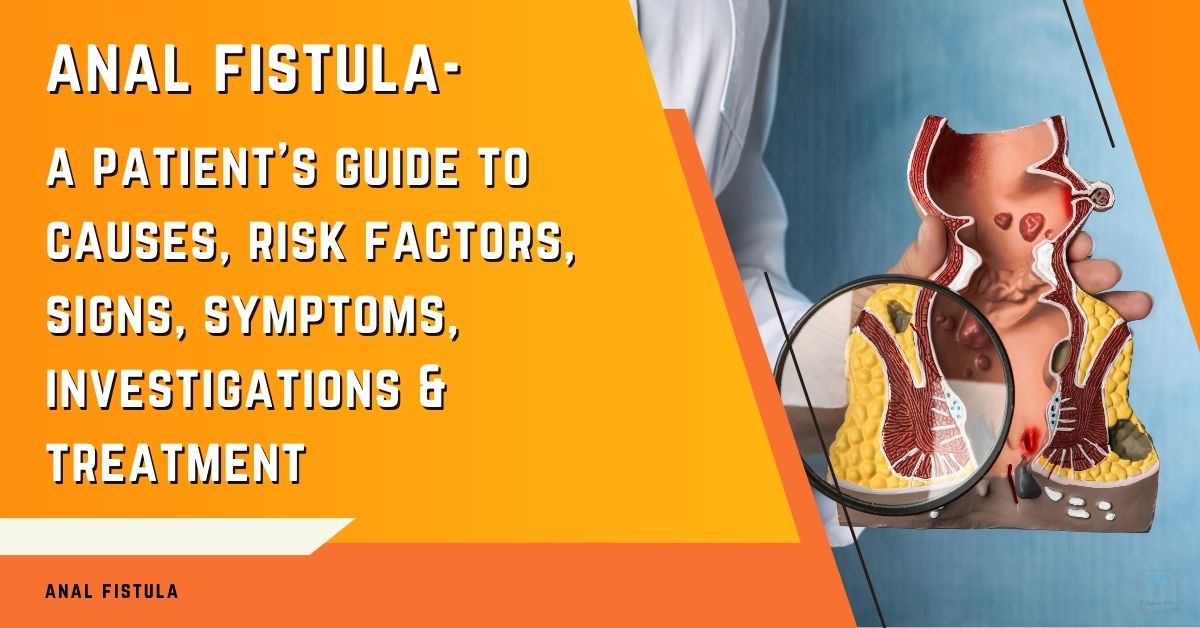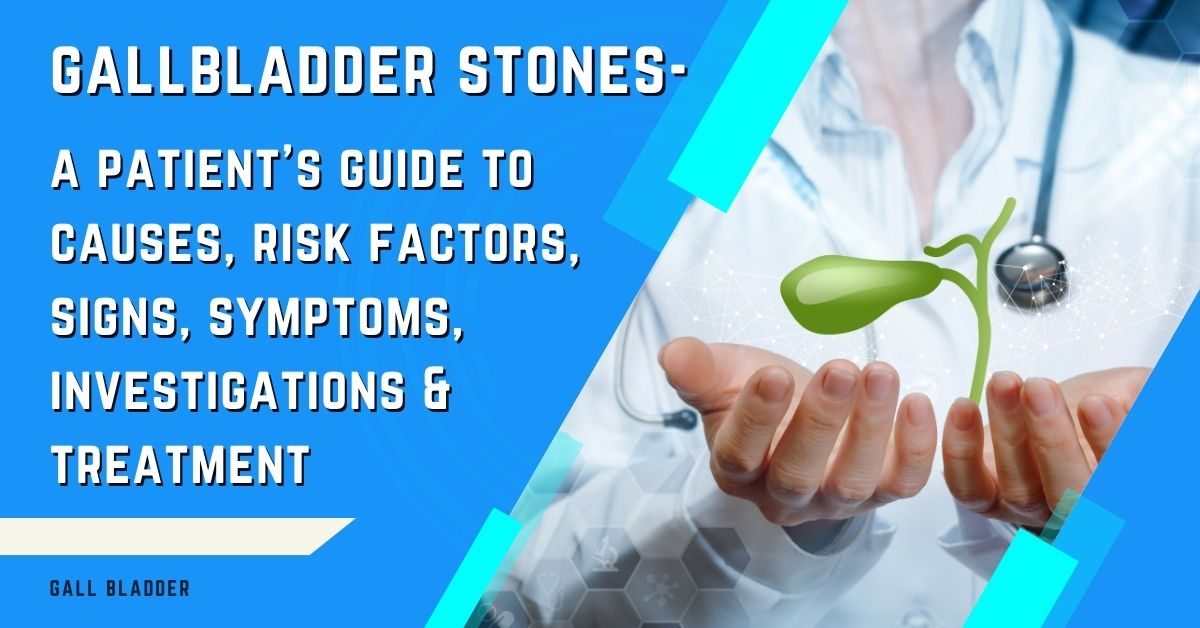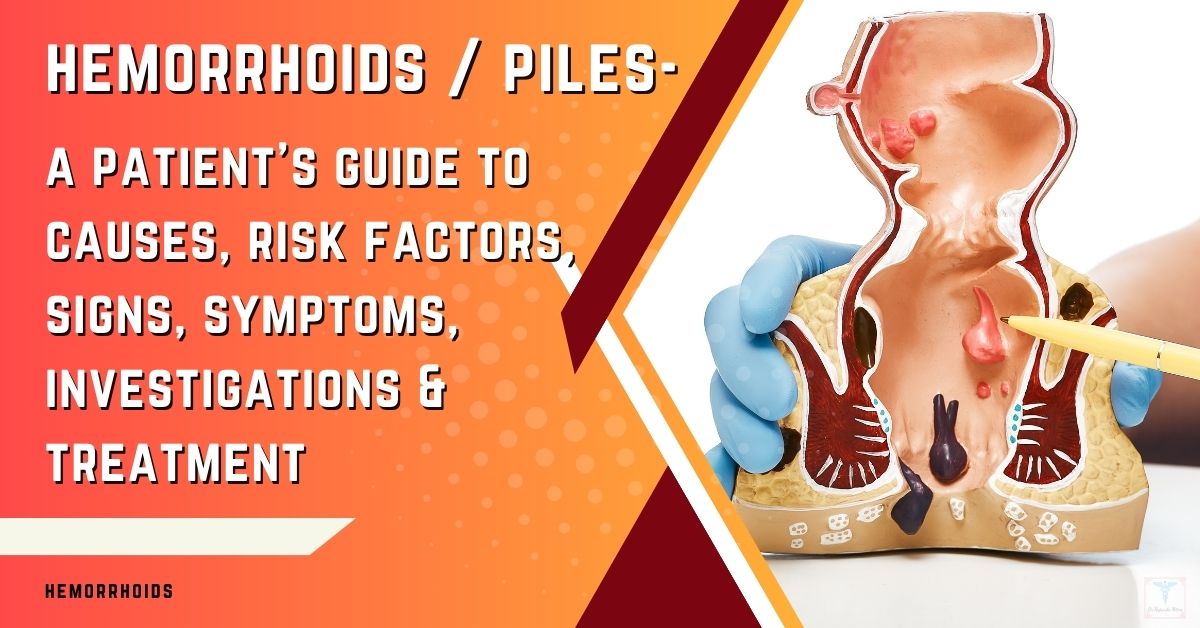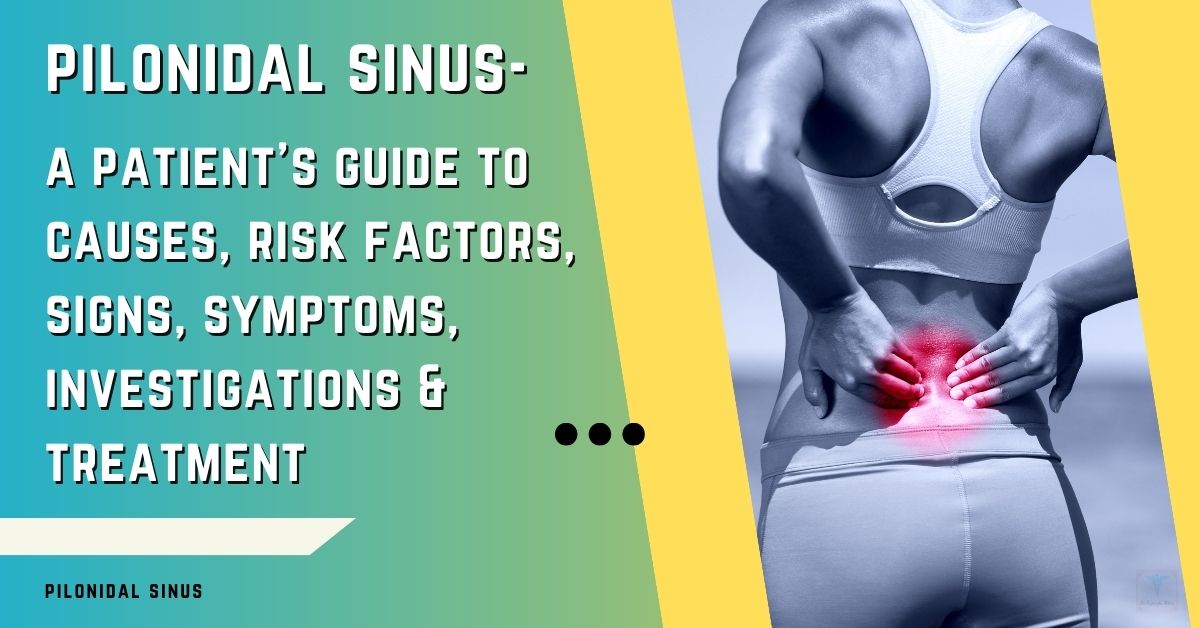What Does an Anal Fistula Look Like? A Surgeon’s Perspective
An anal fistula often appears as a small opening or sore near the anus. It may be red, swollen, and tender to the touch. Sometimes, you might notice pus or blood draining from the opening, especially after a bowel movement.
An anal fistula is an abnormal tunnel that forms between the anal canal and the skin surrounding the anus. While this sounds concerning, it’s important to understand that fistulas are relatively common and treatable.
Understanding the Visual Cues of an Anal Fistula:
- External Opening: The most noticeable feature is a small hole or pimple-like bump near the anus.
- Discharge: This opening might ooze pus, blood, or a foul-smelling fluid.
- Skin Changes: The skin around the fistula may be red, irritated, or swollen.
- Pain or Discomfort: You may experience pain during bowel movements or while sitting.
- Underlying Issues: The appearance of the fistula can sometimes give clues about its cause and complexity.
A Closer Look at Anal Fistula Appearance
- The Telltale Opening: The external opening of a fistula is the most obvious sign. It’s often a tiny hole, but it can vary in size and appearance. Sometimes, it may resemble a pimple, a boil, or a small ulcer.
- Drainage and Its Significance: The fluid that drains from a fistula can offer valuable information.
- Pus: Indicates an active infection.
- Blood: May suggest irritation or a deeper abscess.
- Foul-smelling fluid: Often a sign of a complex fistula or involvement of the anal glands.
- Skin Changes Around the Fistula: The surrounding skin can react to the infection or inflammation. It may become red, tender, or even develop a rash-like appearance. In some cases, there might be a noticeable lump or bump under the skin, indicating an abscess (a pocket of pus) connected to the fistula.
- Pain and Its Patterns: The intensity and type of pain can vary. Some patients experience sharp pain during bowel movements, while others have a dull ache that’s present most of the time. Pain while sitting is also common.
- Variations in Appearance: Fistulas can look different depending on:
- Cause: A fistula caused by Crohn’s disease may look different from one caused by an abscess.
- Complexity: A simple fistula may have a single opening, while a complex fistula might have multiple tracks and openings.
- Chronicity: An older fistula may have scar tissue, making its appearance less obvious.

Why Appearance Matters
The appearance of an anal fistula can give your surgeon important clues about:
- Diagnosis: Helps confirm the presence of a fistula and rule out other conditions.
- Severity: Guides the choice of treatment, whether it’s medication, a minimally invasive procedure, or surgery.
- Underlying Cause: Helps identify the root of the problem, whether it’s an infection, Crohn’s disease, or another condition.
What to Do If You Suspect a Fistula
If you notice any of the signs mentioned above, don’t hesitate to consult a general surgeon. An early diagnosis is crucial for effective treatment and preventing complications. Remember, anal fistulas are common and treatable. With proper care, you can get back to your normal life.
Key Takeaways
- Anal fistulas typically appear as a small opening near the anus, often with drainage.
- The appearance can vary depending on the cause, complexity, and age of the fistula.
- A surgeon can diagnose a fistula based on its appearance and other symptoms.
- Early diagnosis and treatment are essential for a good outcome.
Please note that this is a generalized guide, and your individual case may differ. Always consult a healthcare professional for personalized advice.


